

 My colleague Colin Barraclough has just this week succeeded in getting the editors of the Financial Times to publish his travel article about our January 2008 expedition traversing the Río Pascua watershed. The occasion is perfect for a Patagonia memory lane sort of meandering. I thought I might look back and reference an old blog and see if the trip really was as big a deal as Colin says it was. A few years ago I wrote and posted on this Voz Silvestre blog a short composition in español that I titled HidroAysén--Un Tema de Dinosaurios y Dinamita. No one ever read it then, nor will many read it now, but it helps me put Colin's published piece into perspective.
My colleague Colin Barraclough has just this week succeeded in getting the editors of the Financial Times to publish his travel article about our January 2008 expedition traversing the Río Pascua watershed. The occasion is perfect for a Patagonia memory lane sort of meandering. I thought I might look back and reference an old blog and see if the trip really was as big a deal as Colin says it was. A few years ago I wrote and posted on this Voz Silvestre blog a short composition in español that I titled HidroAysén--Un Tema de Dinosaurios y Dinamita. No one ever read it then, nor will many read it now, but it helps me put Colin's published piece into perspective.Yes, in perspective, one can say that the Pascua is a kick ass wild place, on the edge of the Southern Patagonia Ice Field, at the southern tip of the planet, a big roaring river in a canyon so steep and full of cold jungle that no one even gets down in there. It is ludicrous to think putting mega-hydroelectric generating facilities in that canyon would be anything short of ecocide. Three dams too many. Three mega-dams? Only dinosaurs with dynamite would dream up that kind of destiny for the wild Pascua.
It was a long wait for Colin's article. Three years of waiting, in fact. In the months after our expedition he was published in newspapers like the San Francisco Chronicle with an article about the issue, but this Financial Times piece was hard in coming.
And it probably never would have been published if it were not for the way the Chileans have massively denounced the May 9, 2011 approval of the HidroAysén environmental impact analysis. A month later and the movement against damming wild rivers in Patagonia is gathering legal traction. For the first time in years of legal challenges the project has met a real and substantial legal injunction from an appeals court, paralyzing the project.
That is the kind of thing that makes the capitalist curmudgeons at the Financial Times sit up and take notice. They sat on it for years. Guess they better run the article after all!
The Pascua is the lesser known of the rivers drooled over by the river dammers in the big mining business plan for the world. It may be unknown, and only so many people have traveled back there, but this jewel of nature's intact legacy is not going to be lost to the Chilenos if they have any say about it. They are even idealistic enough to say "Save Patagonia and You Can Save the World!" I know, it sounds so trite, but I tell you, I think that is pretty right on!
I wrote back in my previous blog:
Dinosaurios y dinamita son los dos ingredientes primarias de la propuesta de hidroAysén—nos queda ver si Chile los traga entera o si se despierta en buena hora para defenderse de una propuesta explosiva y destructiva.
I would say that Chile is waking up and defending itself from this transnational corporation onslaught. Up here en el otro lado, in the land of the redwoods, in the watersheds of the Eel and the Klamath, we celebrate this awakening, and the real possibility of turning the tide on the dinosaurs, and their dynamite. Now it is our turn to do the planet the same sort of favor.
No need to blow up the few refugios silvestres que nos quedan allá fuera. We are going to take care of the global seeds of planet wide restoration. And we won't hold any grudges against the dinosaurs who have been threatening so much damage with their dynamite.
No need to blow up the few refugios silvestres que nos quedan allá fuera. We are going to take care of the global seeds of planet wide restoration. And we won't hold any grudges against the dinosaurs who have been threatening so much damage with their dynamite.
But I do think the old dinosaurs need to try a few
Explosions in the Sky
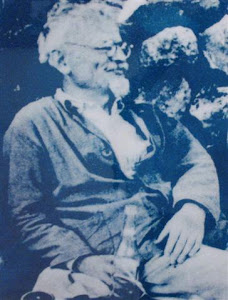.jpg)



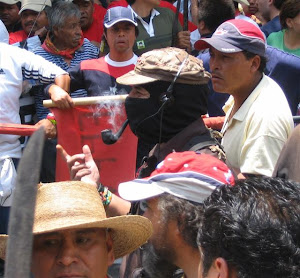.jpg)











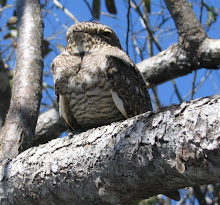.jpg)
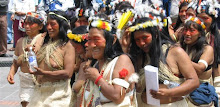.jpg)
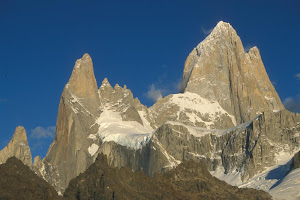.jpg)



No comments:
Post a Comment